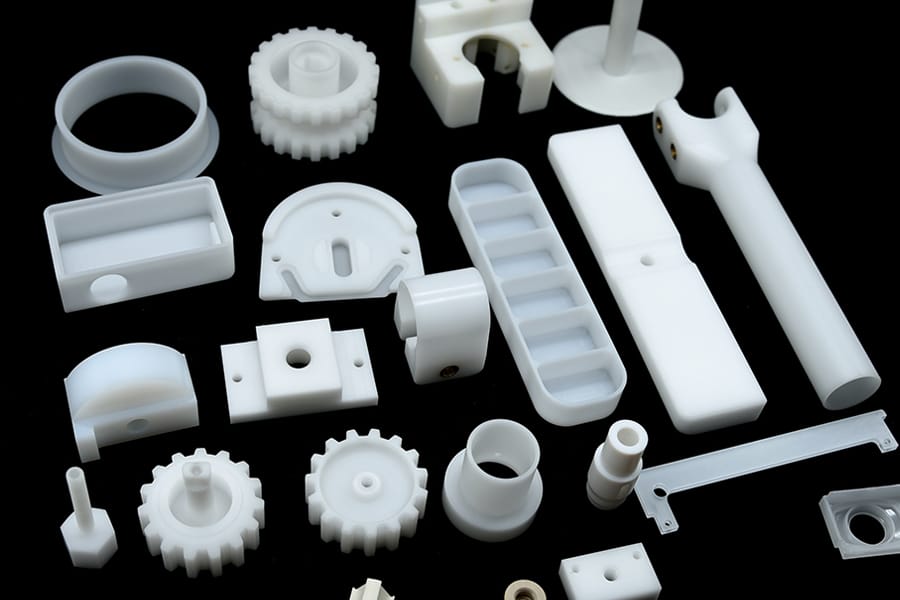Plastic injection molding is a widely used manufacturing process for producing plastic parts and components. While it offers numerous advantages, such as high production efficiency and design flexibility, there are also several challenges and difficulties associated with plastic injection molding. Here are some common difficulties:
Mold Design and Complexity: Designing an injection mold that meets the desired specifications can be complex. Factors such as part geometry, material selection, mold flow, cooling, and ejection must be carefully considered to ensure proper functionality and manufacturability.
Tooling Cost: The initial cost of creating injection molds can be high, especially for complex designs or large production volumes. The mold design, construction, and maintenance can significantly impact the overall project cost.
Material Selection and Behavior: Choosing the right plastic material is crucial for achieving the desired part characteristics. However, plastic materials can have varying shrinkage rates, flow properties, and temperature sensitivities. Understanding and managing material behavior during the molding process is essential for maintaining dimensional accuracy and minimizing defects.
Cycle Time and Production Rate: The cycle time required for each injection molding cycle can limit the production rate. Balancing the cooling time, material flow, and part ejection time is crucial to optimize cycle time and achieve efficient production rates.
Quality Control and Consistency: Ensuring consistent part quality can be challenging in injection molding due to factors like material variations, mold wear, processing conditions, and part geometry. Effective quality control measures, such as regular inspection, monitoring, and process optimization, are necessary to maintain consistent part quality.
Part Warpage and Shrinkage: Plastic parts can experience warpage or dimensional changes due to residual stresses, non-uniform cooling, and shrinkage during the cooling and solidification process. Proper mold design, cooling techniques, and material selection can help minimize these issues.
Surface Defects: Injection-molded parts can be prone to various surface defects, such as sink marks, flash, gate marks, and surface imperfections. Optimizing the injection molding process parameters, gate design, and part geometry can help reduce the occurrence of these defects.
Environmental Impact: Plastic injection molding relies on the use of plastic materials, which can have environmental implications. Managing waste, promoting recycling, and exploring sustainable material options are important considerations for reducing the environmental impact of plastic injection molding.
Addressing these difficulties requires expertise in mold design, material selection, process optimization, and quality control. Working closely with experienced mold designers, mold makers, and injection molding professionals can help overcome these challenges and achieve successful plastic injection molding outcomes.
Matrerials good for plastic injection molding
Several materials are commonly used in injection molding due to their excellent properties and processability. Here are some materials that are well-suited for injection molding:
Polypropylene (PP): Polypropylene is a versatile thermoplastic with high impact strength, good chemical resistance, and low density. It is commonly used in consumer goods, packaging, automotive parts, and medical devices.
Acrylonitrile Butadiene Styrene (ABS): ABS is a durable and impact-resistant thermoplastic. It offers good mechanical properties, excellent surface finish, and can be easily colored or painted. ABS is widely used in automotive components, electronics, appliances, and toys.
Polyethylene (PE): Polyethylene is a lightweight and flexible thermoplastic with excellent chemical resistance. It is available in different forms, such as low-density polyethylene (LDPE) and high-density polyethylene (HDPE). PE is commonly used for packaging, containers, and various consumer products.
Polystyrene (PS): Polystyrene is a rigid and economical thermoplastic that can be easily molded. It is available in two main forms: general-purpose polystyrene (GPPS) and high-impact polystyrene (HIPS). PS is widely used in packaging, disposable products, appliances, and toys.
Polyethylene Terephthalate (PET): PET is a strong and transparent thermoplastic with excellent barrier properties. It is commonly used for packaging, bottles, and containers for food and beverages.
Polyamide (Nylon): Nylon is a strong and durable thermoplastic with high heat resistance and good mechanical properties. It is commonly used in automotive components, electrical connectors, and industrial applications.
Polycarbonate (PC): Polycarbonate is a tough and transparent thermoplastic with high impact resistance and good heat resistance. It is used in applications such as automotive parts, electronic enclosures, and safety equipment.
Polyoxymethylene (POM): POM, also known as acetal, is a strong and rigid thermoplastic with excellent dimensional stability and low friction properties. It is commonly used in gears, bushings, and precision components.
These are just a few examples of materials suitable for injection molding. Other materials, such as polyethylene terephthalate glycol (PETG), polypropylene (PP), polyvinyl chloride (PVC), and thermoplastic elastomers (TPE), also have their specific advantages and applications. The material selection depends on factors such as the part requirements, desired properties, environmental conditions, and regulatory compliance.

